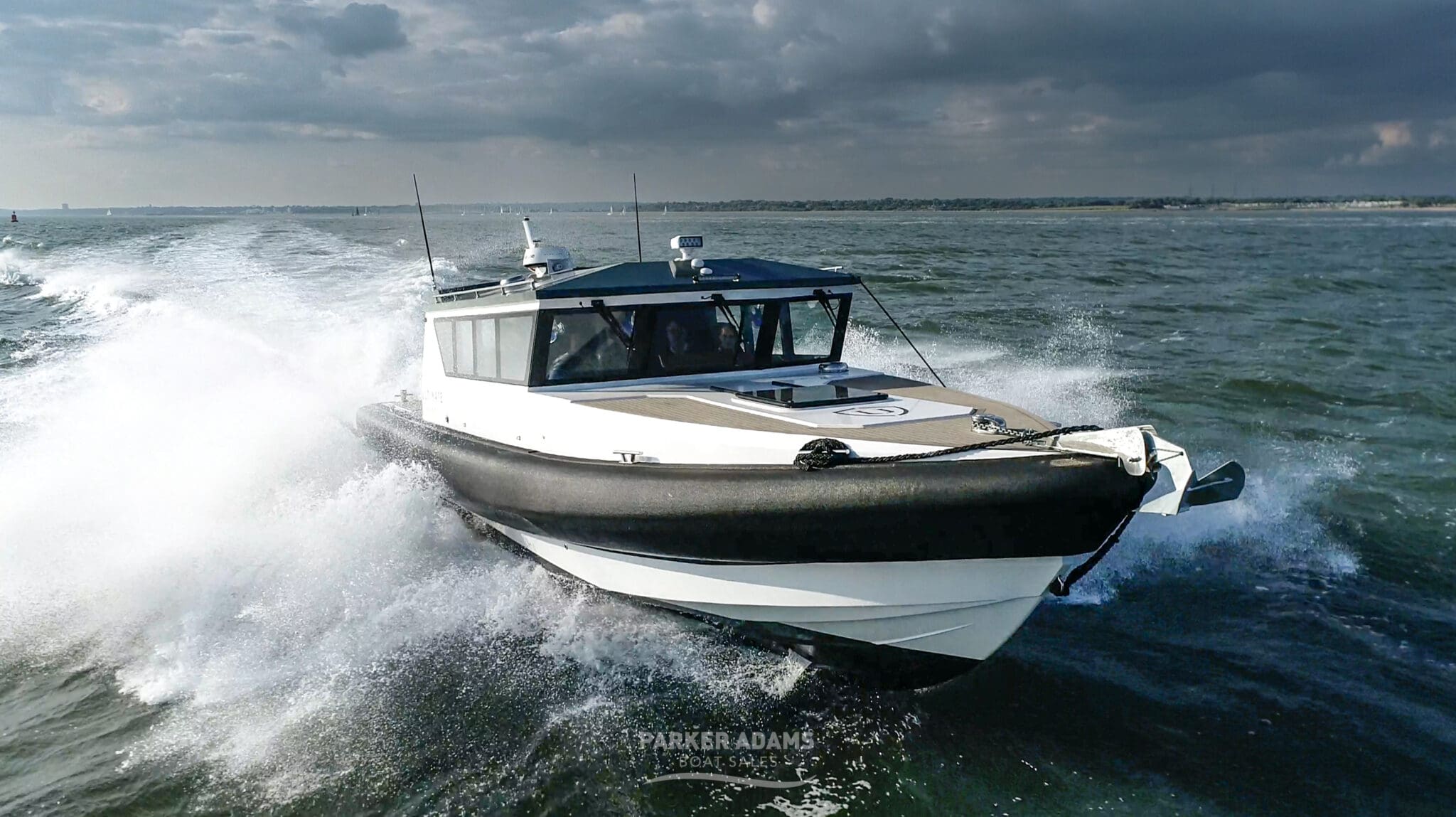Why is a ship or boat called “she”?

The tradition of referring to a boat or ship as “she” has a few potential origins, though none are definitively proven. Here are some of the most commonly cited reasons:
- Historical and Mythological Influences: Many ancient civilizations, such as the Greeks and Romans, personified objects and elements of nature as goddesses. Ships were often dedicated to goddesses and thus referred to with feminine pronouns.
- Maritime Tradition: In maritime tradition, sailors often developed a close, almost personal relationship with their ships, viewing them as protectors or caretakers. Using “she” might have been a way to personify the ship, giving it a nurturing and protective role, similar to the way one might view a mother or a caretaker.
- Linguistic Patterns: Many languages, including those that influenced English (like Latin and the Romance languages), use gendered nouns. Ships and boats were often given feminine articles and pronouns in these languages, which may have carried over into English maritime terminology.
- Care and Maintenance: Historically, ships required a great deal of attention, care, and maintenance. The use of “she” could reflect the idea that a ship, like a woman in traditional gender roles of the past, required a lot of effort and attention to keep in good condition.
- Romanticization: There is a romantic aspect to sailing and maritime culture, where ships are often seen as beautiful, graceful, and even temperamental. Referring to a ship as “she” might be part of this romanticized view, endowing the vessel with a personality and soul.
While these are some of the theories, it’s important to note that the exact reason might be a combination of these factors or others not fully understood. The tradition continues today, even as modern perspectives on gender evolve.
